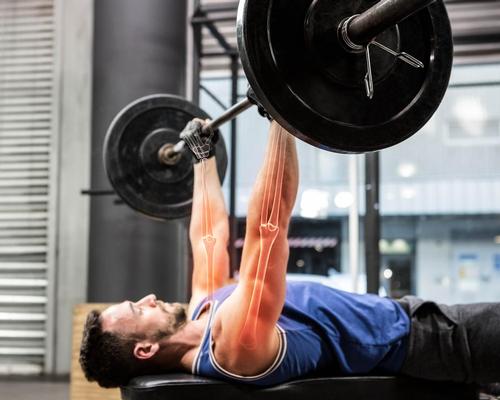09 Jul 2020
Exercise and bone health could be the key to anti-ageing
BY Tom Walker

Exercising increases levels of a protein hormone secreted by the bones which has a powerful anti-ageing effect on the rest of the body.
Osteocalcin, which is secreted by osteoblasts (the cells that synthesise bone), has been proven to be one of the elements that bones use to "communicate" with the rest of the body – by participating in a network of signals to other organs.
Now, scientists have suggested osteocalcin could also be key to ensuring muscle and brain health.
Gerard Karsenty, who has studied bones – and osteocalcin specifically – since the 1990s, has found a link between exercise, bone health and anti-ageing.
Karsenty conducted a series of experiments which showed that increasing the levels of osteocalcin reverses age-related ailments, improving muscle mass and memory.
Encouragingly, separate research has shown that one of the ways to naturally maintain levels of osteocalcin is through exercise.
In a recent interview with the Guardian, Mathieu Ferron, a former student of Karsenty, said that the link between exercise, osteocalcin and anti-ageing could be promoted in order to encourage people to stay active through middle age and later life.
“If you exercise regularly, then it stimulates your bone to make more osteocalcin, and that will have these beneficial effects on muscle and brain,” Ferron told the Guardian.
“From epidemiological studies, we know that people who are very active tend to have less of a cognitive decline with age than sedentary people. With time, maybe people will be more aware of this connection, and think of their bone health as being just as important as other aspects of staying healthy.”
In 2017, Karsenty published a study which charted the interplay between exercise and osteocalcin.
In the study's abstract, Karsenty wrote: "Exercise has been shown to have beneficial health consequences through mechanisms that are poorly understood.
"Exercise requires that several organs become involved at the same time; hence, this represents a major challenge to whole-body homeostasis.
"Not surprisingly, orchestrating such a complex process relies heavily on inter-organ crosstalk.
"In that respect, identifying secreted molecules that could mediate these inter-organ communications during exercise is a task of fundamental importance to understand the regulation of exercise capacity. The majority of the already described circulating factors secreted during exercise originate from skeletal muscle.
"The fact that bone is an endocrine organ that regulates energy metabolism means bone-derived hormones are important regulators of muscle function and adaptation to exercise."
• To read more, see studies conducted by Karsenty and his colleagues here and here
Close Window